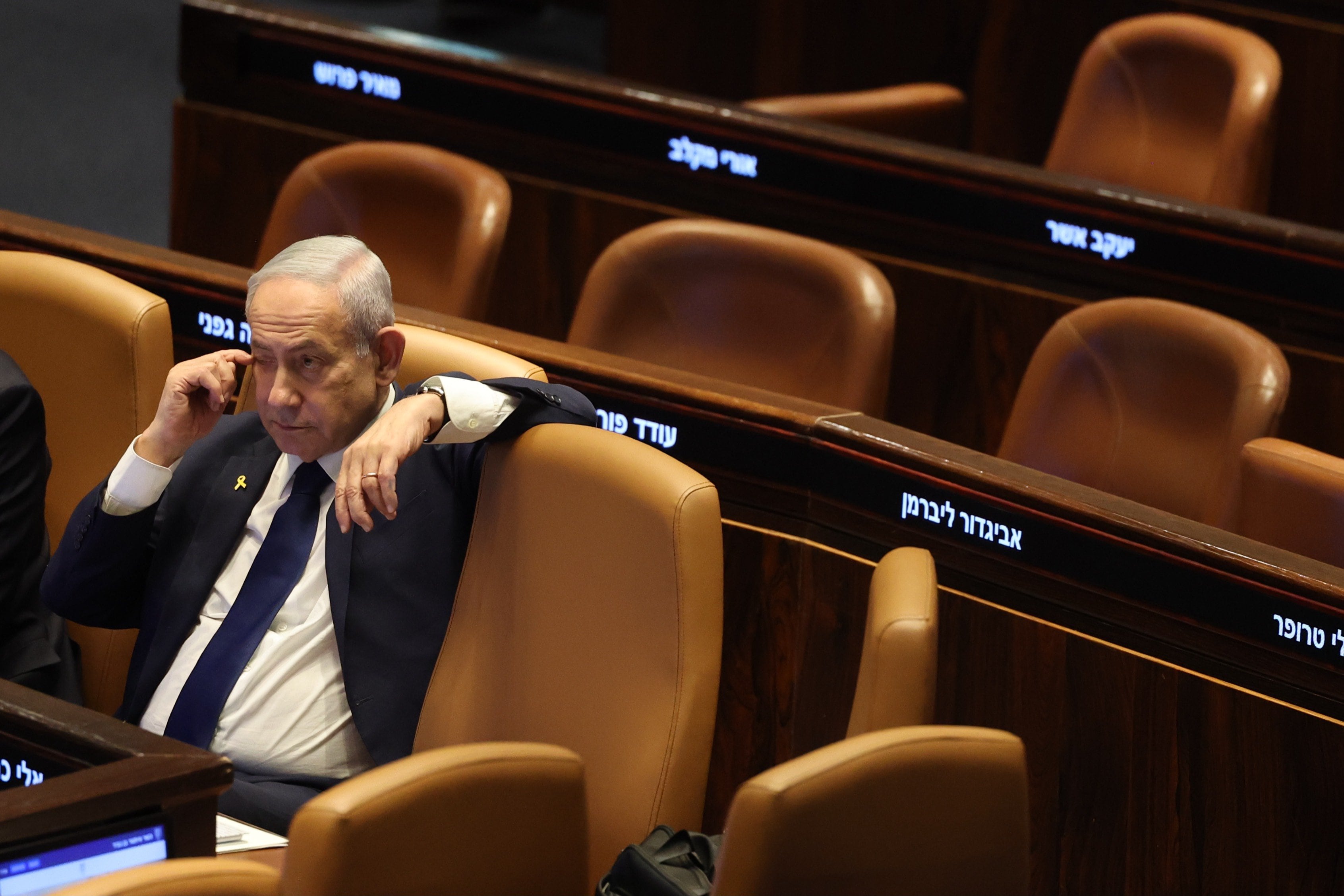A Gaza ceasefire remains elusive after US secretary of state Antony Blinken ended his ninth regional shuttle. While Blinken announced that Israel has accepted an amended US proposal to bridge gaps between it and Hamas, Israeli prime minister Binyamin Netanyahu’s office conditioned this commitment on “taking into account Israel’s security needs”.
The distance between the sides has not been narrowed by US amendments. Hamas demands that a temporary ceasefire and Israeli hostage for Palestinian prisoner swap must lead to an end to the war and full Israeli withdrawal from Gaza. Netanyahu insists that the expiry of a temporary truce Israel could resume fighting to eliminate Hamas.
Hamas has hesitated to approve the bridging proposal and called for a return to US president Joe Biden’s May 31st ceasefire plan to which Hamas agreed on July 2nd and, the US said, Israel also accepted.
Biden has charged Hamas with “backing away” from the ceasefire deal now under discussion. However, Hugh Lovatt, an expert with the European Council on Foreign Relations think tank, told Al-Jazeera that while the US had tried to water down Israeli conditions “to some extent”, the latest proposal was “basically a bridge between the US and Israel and not Israel and Hamas”.
RM Block
On Tuesday, Netanyahu declared Israeli troops would not withdraw from the Philadelphi corridor, the Israeli name for a narrow strip of land on the Egypt-Gaza border, and the Netzarim corridor, which bisects Gaza. This is a red flag for Hamas. Netanyahu was accused by an unnamed official on Blinken’s team of “making maximalist statements” that are “not constructive to getting a ceasefire deal across the finish line”.
In addition to retaining Israel troops in the strategic corridors, Netanyahu seeks to screen Palestinians displaced to southern Gaza who want to return to home locations in the north, veto the release of specific Palestinian prisoners and deport those who have killed Israelis. He has rejected the US suggestion that the West-Bank based-Palestinian Authority could oversee the Egypt-Gaza crossing, the only pre-war entrance to and exit from the strip for Gazans and goods.
Egypt has closed the crossing since Israel occupied the southern Gaza city of Rafah in May. This has prevented Palestinians needing urgent medical care from leaving and reduced humanitarian aid entering Gaza.
The UN estimates that 90 per cent of Gaza’s 2.3 million Palestinians have been displaced during the war while the Integrated Food Security Phase Classification team reports 96 per cent face “extreme levels of hunger”. This has prompted Hamas to accuse the US and Israel of tying sufficient food aid to acceptance of the amended ceasefire deal. Hamas said: “The Israeli occupation and the US administration are explicitly using the policy of starvation and food denial against civilians in the Gaza Strip as a means of political pressure, and this constitutes a war crime and a crime against humanity.”
- Listen to our Inside Politics Podcast for the latest analysis and chat
- Sign up for push alerts and have the best news, analysis and comment delivered directly to your phone
- Find The Irish Times on WhatsApp and stay up to date













